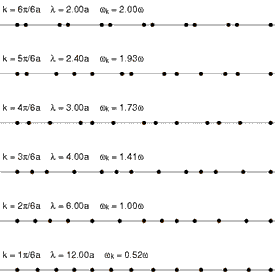This Week’s Finds in Mathematical Physics (Week 277)
Posted by John Baez
In week277 of This Week’s Finds, find out what’s a million times thinner than paper, stronger than diamond, a better conductor than copper, and absorbs exactly
π α
of the light you shine through it.
Posted at August 12, 2009 5:53 AM UTC


Re: This Week’s Finds in Mathematical Physics (Week 277)
It turns out that bilayer graphene is better suited for computers because it creates a significant gap at ambient temperature, that one can tune, thus making it possible to make a transistor.